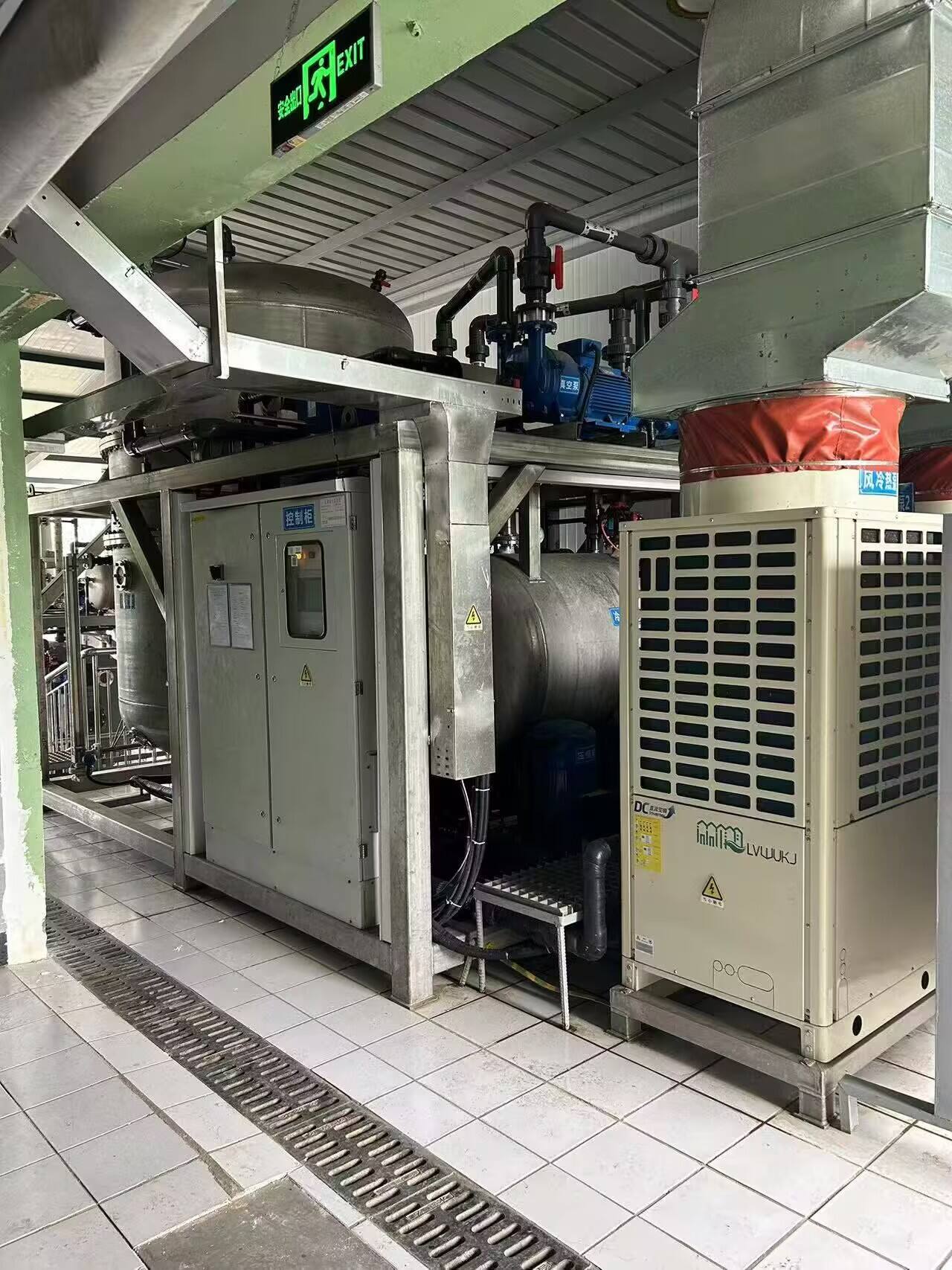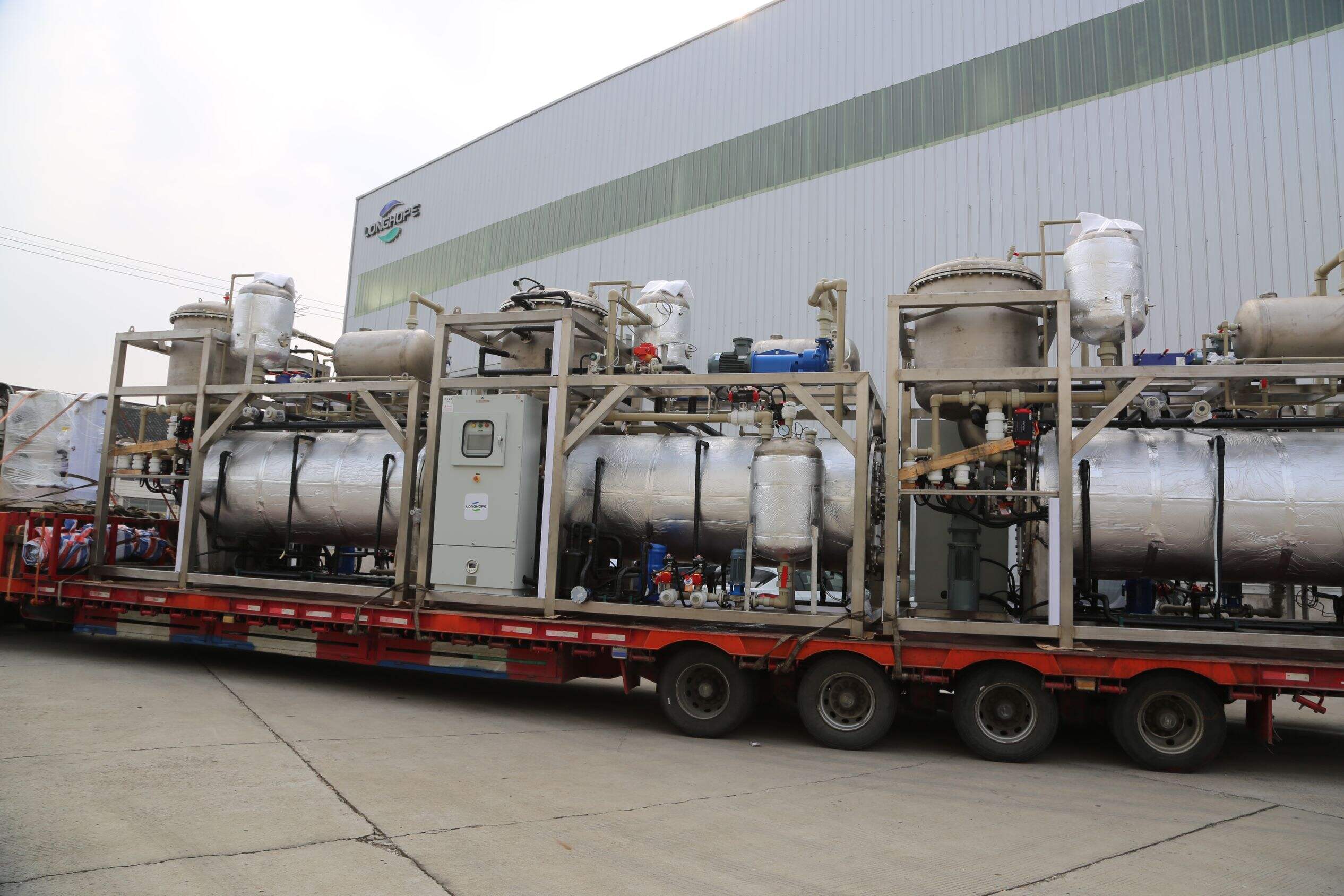industrial sewage treatment plant
An industrial sewage treatment plant represents a sophisticated system designed to process and purify wastewater generated from manufacturing facilities, factories, and industrial operations. These advanced facilities employ a comprehensive multi-stage treatment process that begins with preliminary screening to remove large debris, followed by primary treatment to separate solids and oils. The secondary treatment phase utilizes biological processes where microorganisms break down organic contaminants, while the tertiary treatment stage implements advanced filtration and disinfection methods. Modern industrial sewage treatment plants incorporate cutting-edge technologies such as membrane bioreactors, advanced oxidation processes, and automated control systems to ensure optimal performance. These facilities are specifically engineered to handle high volumes of industrial effluent containing various pollutants, chemicals, and heavy metals, making them essential for environmental compliance and sustainable industrial operations. The plants are equipped with real-time monitoring systems that continuously assess water quality parameters, ensuring treated water meets or exceeds regulatory standards before discharge. Their modular design allows for easy scaling and customization based on specific industry requirements and wastewater characteristics.


